Ernest Hemingway wrote his greatest novels as he travelled around the world, first for his work as a reporter and later because travel inspired him. And, of course, for the adventure. During his travels, the author became reasonably fluent in French, Spanish and Italian.
Hemingway was born in a suburb of Chicago in the last year of the nineteenth century but lived his life in permanent motion, writing some of the twentieth century’s finest novels in the process. His experiences of the World Wars, the Spanish Civil War and the Cuban Revolution influenced his writing, which has, in turn, inspired generations of novelists since.
One thing that is remarkable is how many bars around the world claim to have been frequented by the author! Reading accounts of his life, it’s easy to believe them too. Here are some cities that will always be associated with Hemingway:
Paris, France
Hemingway had a brutal first experience of the city which would later do so much to shape his life. Having volunteered as an ambulance driver for the Red Cross, in May 1918 he arrived in Paris en route to the trenches as German artillery shells rained down all around. Critics argue that his experiences of the Great War in Italy shaped his terse writing style.
The contrast with the city to which Hemingway returned with his new wife Hadley Richardson in 1922 couldn’t have been greater. Paris during the 1920s was the centre of the artistic universe. American “Lost Generation” novelists such as Hemingway and F Scott Fitzgerald mingled at Gertrude Stein’s salon, while Pablo Picasso, Joan Miró and Juan Gris made their names. It was during his stay in Paris that Hemingway’s first novel, The Sun Also Rises, was published.

photo: antonikon
Shortly after arriving in Paris, Hemingway met poet Ezra Pound by chance at Sylvia Beach’s bookshop Shakespeare and Company on rue de la Bûcherie, which you can still visit today. You can also sleep there!
Hemingway left Paris after, during a particularly heavy night of drinking, he mistook the chain to a skylight for the flush on his toilet, resulting in serious injuries. He returned with the Allied forces on August 25 1944, when the city was liberated at the end of the Second World War. Legend has it that he liberated the Ritz Hotel… although legend is probably wrong in this case. Twelve years later, he was reminded of trunks he has stored at the hotel upon his departure from the city in 1982 and the papers he found inside became the backbone of his memoir A Moveable Feast.
Find out more about French courses in Paris
Pamplona, Spain
Hemingway enjoyed macho pursuits: big game hunting, boxing, fishing and, perhaps above all, bullfighting. He wrote about it regularly, both in factual books like Death in the Afternoon and in creative novels, notably The Sun Also Rises. The latter is partly set in Pamplona: a city he first visited in 1923 with his wife Hadley, during the Fiestas de San Fermín.
Each morning between the seventh and the fourteenth of July, bulls are allowed to run the streets of Pamplona, chasing men through the streets at 7.30am. Something about the danger of the event appealed to Hemingway, who had witnessed horrible, unordered violence during his years as a war reporter. The festival left a big impression on him. He developed a fascination with the rituals and beauty of bullfighting. He and his wife returned again for the next three years; the third time Hemingway brought his mistress too… and was promptly divorced upon returning to Paris.
Spain was perhaps Hemingway’s favourite country and his most famous novel, For Whom the Bell Tolls, is based on his experiences during the Spanish Civil War, when he returned to report on the conflict.
Find out more about Spanish courses in Pamplona
Milan, Italy
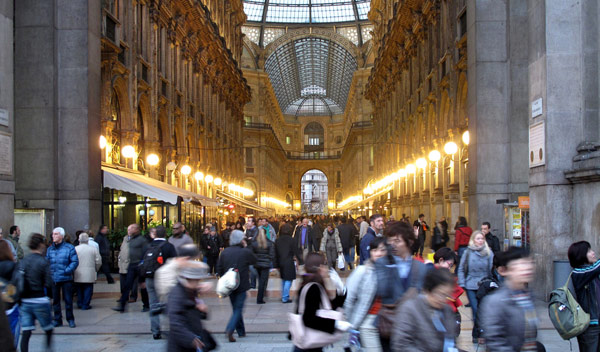
photo: Bernt Rostad
Milan is the city where Hemingway first fell in love. But he didn’t really want to be there.
As a young ambulance driver on the Italian Front near Venice, he sustained severe shrapnel wounds to both legs (apparently while handing out chocolate and cigarros to Italian soldiers) and was sent to a Red Cross hospital in Milan to recover. 19 year old Hemingway fell for his 26 year-old nurse Agnes von Kurowsky.
Sadly, like so many of the loves in his novels, it was doomed to a sad ending… after he had returned to America with a clear plan to marry her, a letter arrived saying she had become engaged to an Italian officer.
Find out more about Italian courses in Milan
Toronto, Canada
The Toronto Star Weekly gave Hemingway his first writing job. After returning from Milan with scars on his legs and no wife, he was offered a job by a family friend in Toronto. When living in Canada, he began to write as a freelancer, then a staff writer for the newspaper.
It was the Toronto Star Weekly that offered him the chance to return to Europe as a foreign correspondent – a chance he gladly accepted with his new wife Hadley Richardson. That move to Paris inspired Hemingway to explore Europe and try his hand as an author. It also enabled him to meet some of the greatest creative minds of his generation.
Hard-living Hemingway wasn’t a fan of Toronto… after his first taste of Europe he had fallen in love with the old continent, the traditions and the culture. In contrast, he found Toronto too clean, tidy and respectable. After returning briefly in 1923 to have a baby with Hadley, he wrote in a letter to Ezra Pound “We have come to the right place to have a baby because that is the specialite de ville. They don’t do anything else.” The pair promptly returned to Paris.
Find out more about English courses in Toronto
Havana, Cuba
If Hemingway found Toronto dull, then Havana was certainly more to his taste. By the time he moved to Cuba in 1939, he was rich, famous and very well-travelled. He had been married twice and was on the verge of marrying Martha Gellhorn, who inspired him to write For Whom the Bell Tolls.
He had been living in Key West and enjoying the excellent fishing on offer in the Gulf of Mexico when he decided to make the leap across to Cuba.
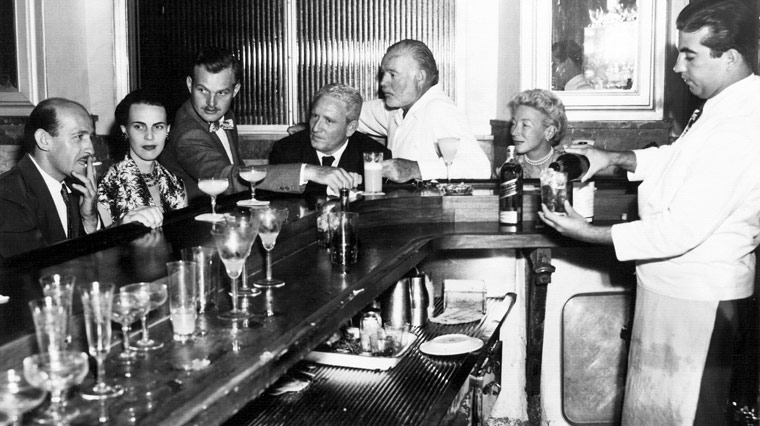
Pre-revolution Havana was legendary as a playground for America’s rich and famous. The author initially set up in the Hotel Ambos Mundos, where Room 511 has been turned into a Hemingway museum. At his favourite bar, the Floridito, you can still order a Papa Doble… a double strength daiquiri without the sugar. It was designed by the author himself. After months at the hotel, he rented an estate called Finca Vigia just outside the city.
The novel To Have and Have Not is about a boat captain operating between Florida and Cuba during the great depression. Hemingway wrote it while travelling back and forth from the USA to Spain during the civil war.
Find out more about Spanish courses in Havana
Venice, Italy
Venice in the 1940s was a bustling city that instantly caught Hemingway’s imagination. To look at, the city has barely changed since the author stayed in 1948.
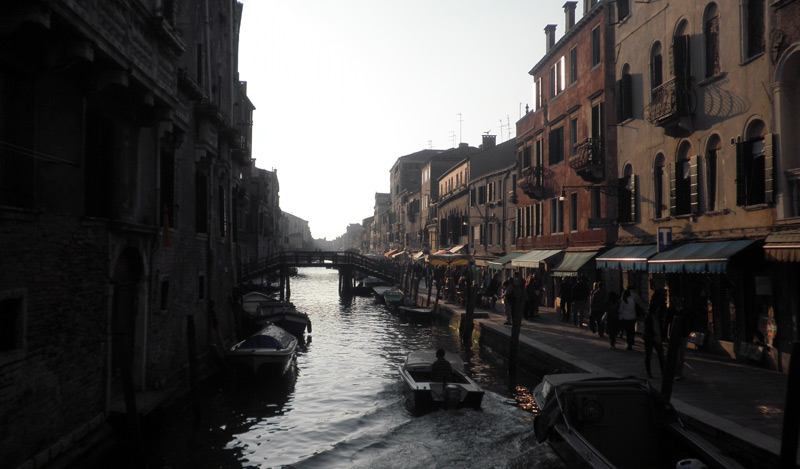
While in Venice, Hemingway fell in love with 19-year-old Adriana Ivancich. The platonic love affair inspired the novel Across the River and Into the Trees. He also fell in love with Harry’s Bar, home of the Bellini and Carpaccio. You can still visit at Calle Vallaresso 1323. Rumour has it, the bar’s distinctive dry martini was inspired by Hemingway, who was the first person to order one there.
Find out more about Italian courses in Venice
These are just a handful of the cities associated with Ernest Hemingway, one of the 20th century’s great bon viveurs. While we couldn’t possibly recommend trying to keep up with the great man, and some of his habits are not conducive to language learning (“modern life is often a mechanical oppression and liquor is the only mechanical relief”), his lust for life and travel was surely one of the major influences in his work. Could some time abroad be the inspiration you need?
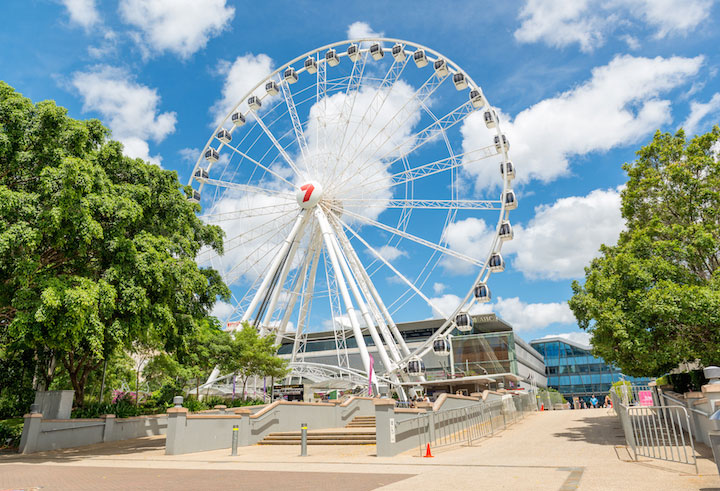
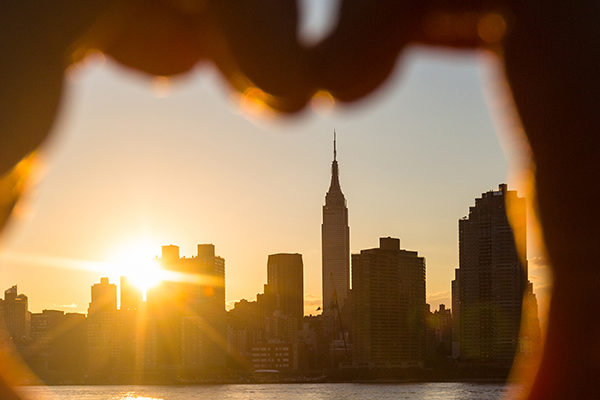

What do you think?